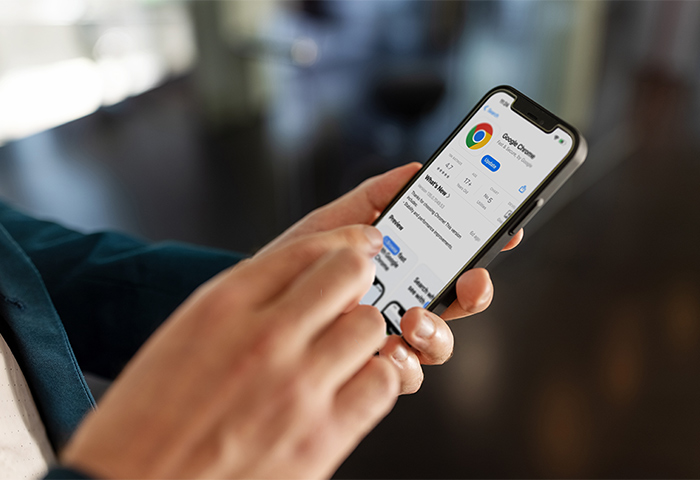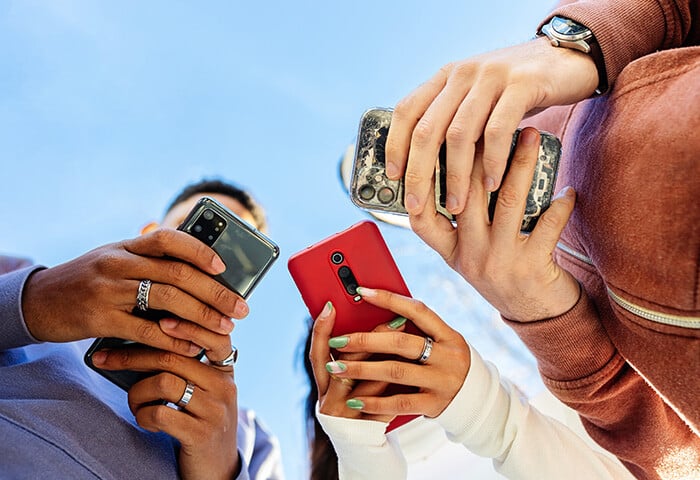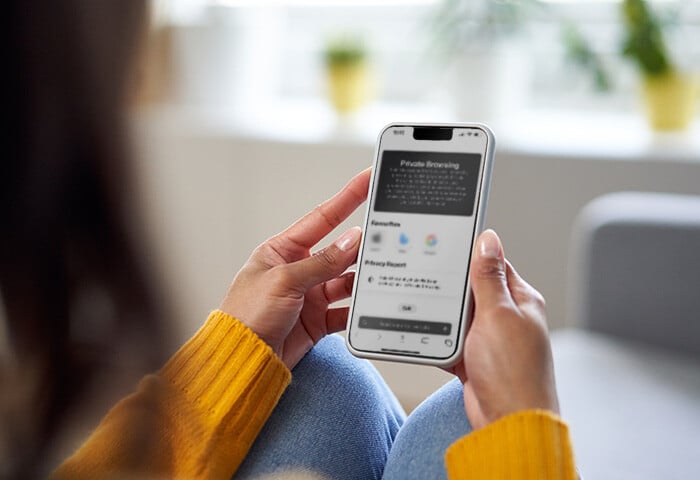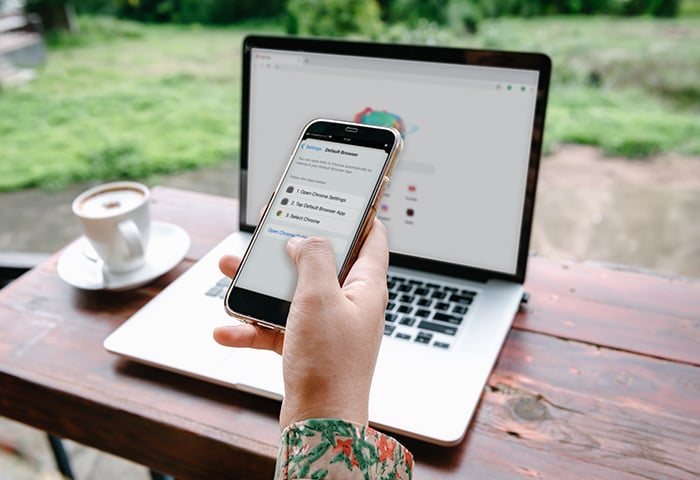How to set a default browser in Windows
You can change your default browser in your default app or browser settings. In Windows 10, click Start > Settings > Apps > Default apps, then click Web browser and choose your preferred browser. In Windows 11, click Start > Settings > Apps > Default Apps and select your preferred browser before clicking the Set default button.
If you use Windows 10 or 11, your computer likely came with Microsoft Edge set as the default internet browser. Continue reading for step-by-step instructions on how to remove Edge as your default browser in Windows 10 and 11 and change it to another option such as Google Chrome, Mozilla Firefox, Internet Explorer, or Opera.
How to change the default browser in Windows 11
Setting Chrome or any other browser as your default browser in Windows 11 is pretty simple. Just remember to download Chrome, or whichever browser you prefer, before you start.
Here's the step-by-step process for how to change your default browser on Windows 11:
-
Click Start and type Default apps. Click Open.

-
Scroll down the list and select the browser you want to use as your default browser.

-
Click Set default to make this browser your default for every file and link type. Or, scroll through the options to set a specific default browser for each file and link type separately.

No matter which default browser you choose for individual file types, guarantee extra web security by installing a free, dedicated Windows 11 antivirus tool.
How to change the default browser in Windows 10
Changing your default browser in Windows 10 is very similar to Windows 11. But if you’re working on an older laptop, first check which browser uses the most battery before you change it to ensure you don’t slow your computer down.
Here’s how to change your default browser in Windows 10:
-
Click Start and type Default apps. Click Open.

-
Scroll to Web browser and click the browser currently listed. A list of other browser options will appear.

-
Select a different browser from the list.

If you decide to stick with Edge as your default browser, make sure to clear your cache periodically and block pop-ups on Edge to keep your browsing experience undisrupted.
How to change the default browser on a Mac
To change your default browser from Mac’s inbuilt Safari to another browser, like Chrome, open the Apple menu > System Preferences > General. Then, select your preferred browser from the Default web browser drop-down menu. For more detailed instructions on how to change your default browser on a Mac, follow the steps below:
-
Make sure your preferred web browser is installed.
-
Click the Apple menu in the top-left corner of your screen and select System Preferences.

-
Select General.

-
Choose a web browser from the Default web browser drop-down menu.

If you’ve opted for Firefox on your Mac, upgrade your experience further by removing pesky Firefox pop-ups. If you decide not to change your default browser after all, check out our guide to learn how to block pop-ups in Safari.
How to change the default browser on an iPad or iPhone
To set the default browser so that something other than Safari opens when you tap a link on your iPhone or iPad, open your phone’s Settings, then scroll down and tap on your favorite browser app. Then, tap Default Browser App and choose the browser you want.
Here are the step-by-step instructions for changing the default browser on your iPad or iPhone:
-
Make sure your preferred browser app is installed.
-
Go to Settings, and scroll down until you find your preferred browser app (e.g., Chrome), then tap it.

-
Tap Default Browser App. Then, choose the browser app that you want to set as your default.

How to change the default browser on Android
You can change your default browser on Android from the pre-installed Google Chrome mobile browser (or Samsung Internet Browser for Samsung devices) by going to Settings > Apps > Default apps.
-
Make sure your preferred browser app is installed.
-
Open Settings > Apps. Then select Choose default apps.

-
Tap Browser app, and then select your preferred default browser app.

Check out our review of the best security apps for Android phones to optimize your Android safety overall.
How to set the default browser in the browser settings
In addition to changing the default browser in your computer’s settings, you also have the option to switch it directly in your browser. After you install a new browser, you’ll usually be asked to set it as the default browser immediately. If not, it can also be set by going to the individual browser settings on both Mac and Windows.
Here’s how to set the most common browsers as your default via browser settings:
-
Google Chrome
Go to Settings by clicking on the three-dot icon in the top-right corner. Then click Default browser and click the Make default button.
-
Safari
Click Safari in the top menu on your desktop and click Preferences > General. Next, hit Set Default and follow the prompt to choose your default browser.
-
Firefox
Click the three-line menu in the top-right corner and select Settings > General > Make default.
-
Microsoft Edge
Click the three-dot icon in the top-right corner and click Settings > Default Browser and choose Make default.
-
AVG Secure Browser
Click the three dots in the top-right corner and select Settings. Scroll until you see the Default browser section and select Make default.
The greatest benefit to making AVG Secure Browser your default browser is that it includes an optimized suite of built-in privacy and security features — such as an integrated VPN and automatic ad-blocking — to help keep you and your data safe while you browse.
-
Avast Secure Browser
Install Avast Secure Browser, then open settings by clicking the Menu in the top-right corner (three dots) and selecting Settings. Scroll to the Default browser section and click Make Default.
Avast Secure Browser includes seamless integration to unique Bank Mode — a built-in secure virtual desktop that prevents keyloggers and other types of browser hijacking. Add an extra layer of security to your sensitive online accounts automatically with Avast Secure Browser.
-
Opera
Click the three-line menu in the top-right corner and select Go to open the full browser settings. Next, scroll down to the Default browser section and click Make default.
-
Brave
Click the three-line icon and click Settings > Get Started. Then, select Make default.
-
Vivaldi
Click the Settings cog in the lower-left part of the screen, then click Set as default in the General section.
No matter what browser you choose, most of them track your activity using internet cookies. If you notice your cookies building up and want to clear them out, use a browser cleaning tool to clear your cache and cookies — it may even help to speed up your browser.
Choosing a default browser
This guide has shown you how to change your browser settings on any operating system. Now, we’ll help you to choose the best browser for security and privacy. A good browser will be fast and easy to use. But the best browsers will also include security and privacy features like these:
Whichever browser you choose, regularly deleting browser cookies and clearing your search history will help make your browser safer and keep it running smoothly.
Improve your privacy and security with AVG Secure Browser
Setting your default browser to a specialized secure browser is the easiest way to stay safe online. Enjoy peace of mind and install AVG Secure Browser with the full spectrum of security features — from automatic HTTPs encryption to anti-fingerprinting – to keep your browsing experience smooth, private, and secure.




























